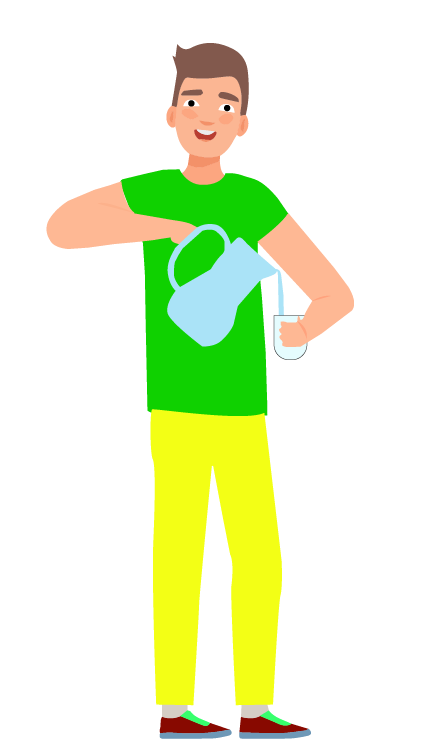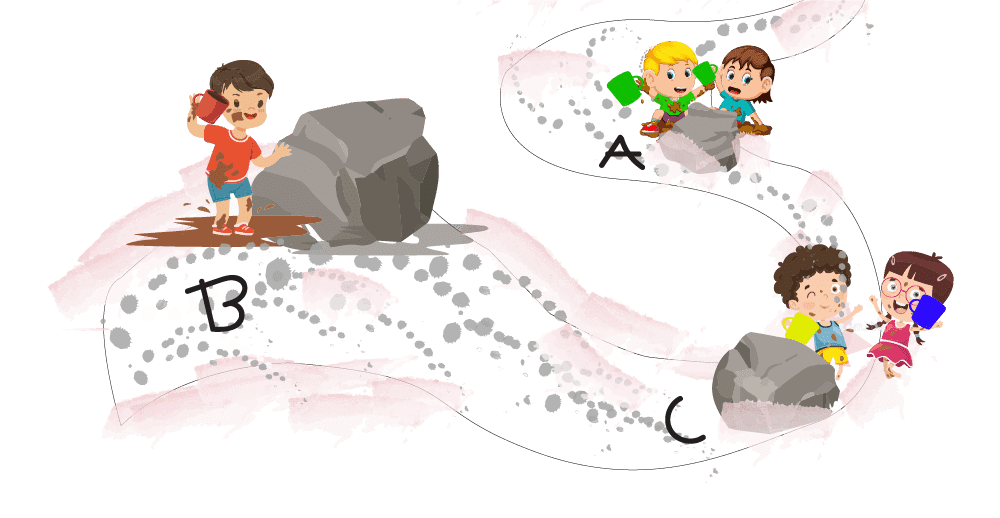Maths Notes for Chapter 11 Jugs and Mugs Class 3 - FREE PDF Download
FAQs on Jugs and Mugs Class 3 Maths Chapter 11 CBSE Notes - 2025-26
1. How can you find out whose jug holds more water?
Compare both the cases after reading the information given in the description. You will understand whose jug will hold more water. Go through the problem, read the lines, and check how the experts have explained them in the NCERT Solutions for Class 3 Maths Chapter 11.
2. What is the objective of Class 3 Maths Chapter 11?
The prime objective of this chapter is to develop the idea of volumes, and containers, and to compare volumes of different objects among the students. They will learn how to compare different containers and their volumes along with units.
3. How can I prepare this chapter using the revision notes?
Focus on the chapter and solve all the questions given. Proceed to solve the worksheets on your own and then check the revision notes for a quick recollection of concepts.
4. Why is CBSE Class 3 Maths Chapter 11 - "Jugs and Mugs" important for students?
This chapter introduces concepts related to measurements and capacities using jugs and mugs, fostering a practical understanding of the subject.
5. Where can I find the free PDF download for "Jugs and Mugs" Class 3 Notes?
You can easily access the free PDF download for "Jugs and Mugs" Class 3 Notes on Vedantu's platform, facilitating convenient learning and revision.




























